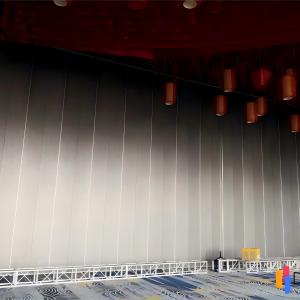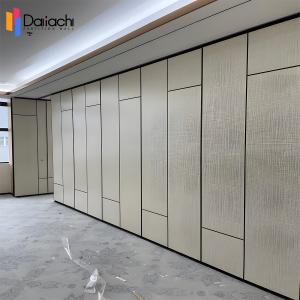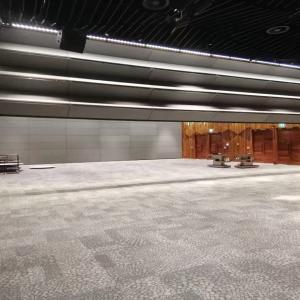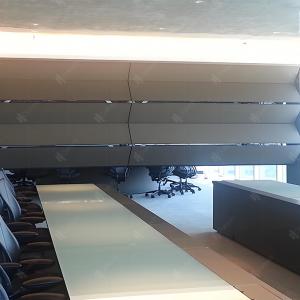
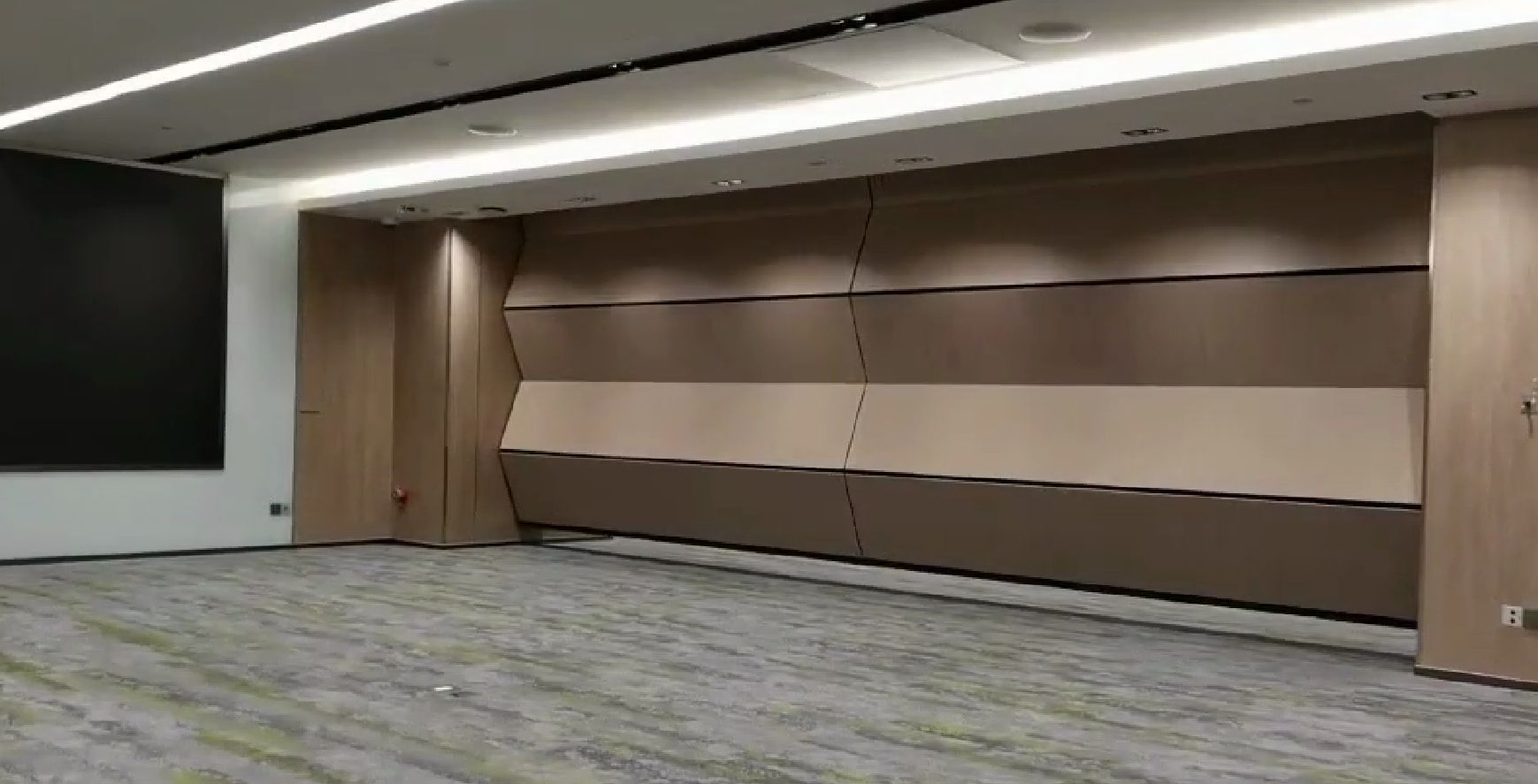
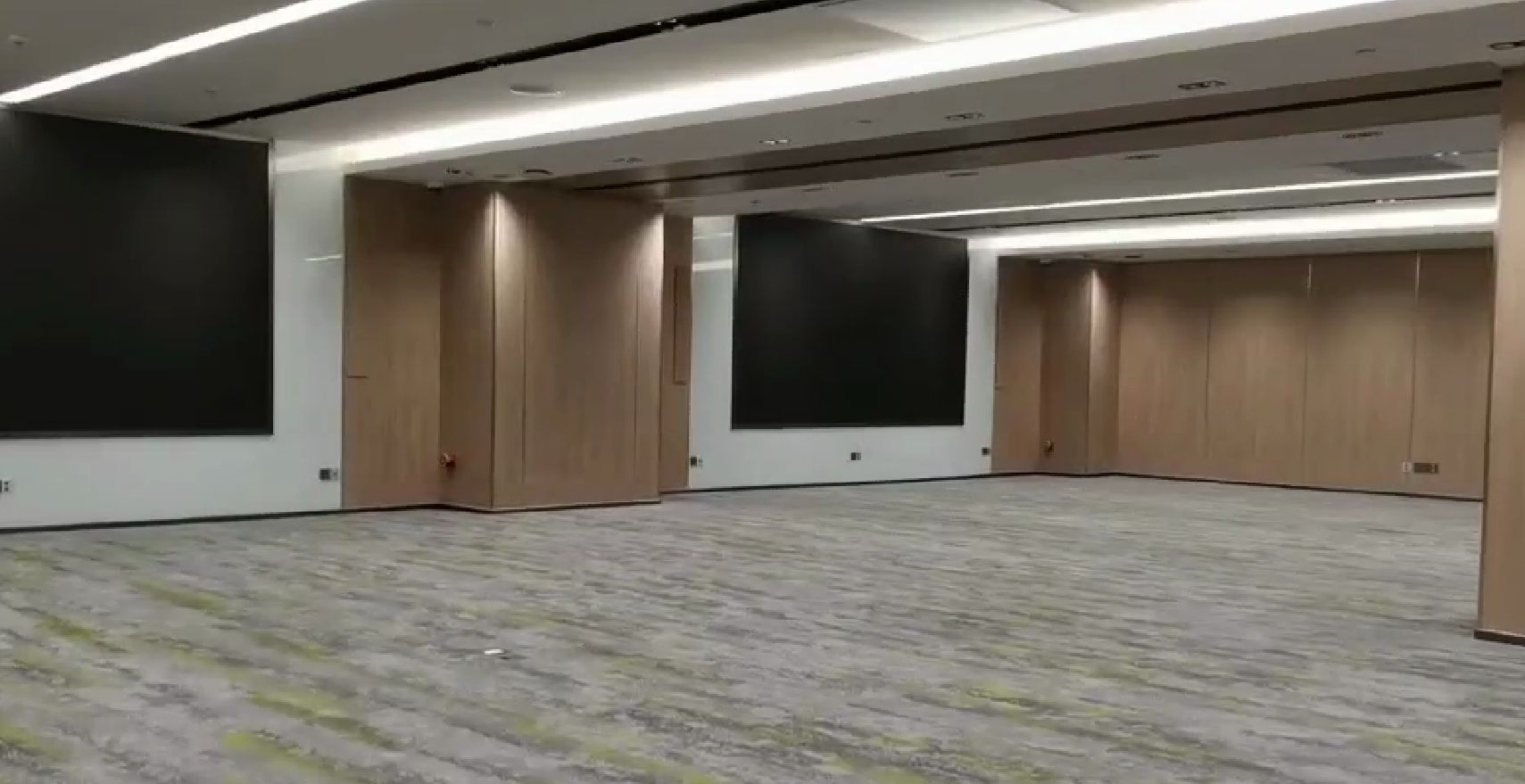
In the dynamic realm of modern architecture and interior design, fully automatic movable partitions and electric lift Folding Walls emerge as innovative solutions for space division. While both systems offer remarkable flexibility in reconfiguring spaces, they significantly differ in structure, operation, and application scenarios. Highlighting these distinctions can help us choose the most suitable solution, especially emphasizing the crucial advantages of electric lift Folding Walls.
Electric Lift Folding Walls
Structure and Design: Imagine a grand wall that ascends and folds with grace, seamlessly integrating into the ceiling or floor. This single, majestic surface can remain flat or segment into multiple sections during its ascent, embodying both strength and elegance. The design of electric lift folding walls reflects advanced engineering and artistic creativity, making them a striking feature in any space.
Operation: Guided by electric motors and hoisting systems, these walls respond to commands from a remote control or wall switch. Their movement is swift and smooth, offering a quick and intuitive way to redefine spaces. The ease of operation ensures that anyone can effortlessly adjust the space according to immediate needs.
Application Scenarios: Electric lift folding walls are ideally suited for exhibition halls, auditoriums, and classrooms—environments where rapid space transformation is essential. These walls excel in providing quick adjustments and superior sound insulation, making them perfect for dynamic and acoustically demanding settings.
Advantages:
· Superior Sound Insulation: They offer exceptional acoustic control, creating a perfect environment for presentations, performances, and lectures.
· Effortless Operation: Simple, rapid adjustments cater to the fast-paced demands of modern spaces.
· Space Efficiency: When not in use, they can be completely hidden, preserving valuable floor space.
· Flexibility and Access: Ideal for creating temporary divisions, providing swift access and unmatched flexibility.
Disadvantages:
· Design Limitations: The inability to integrate a built-in door may restrict certain design possibilities.
· Space Requirements: Requires substantial ceiling space to accommodate the folded wall.
Fully Automatic Movable Partitions
Structure and Design: Picture a symphony of independent panels gliding effortlessly along a ceiling-mounted track. Each panel, with its own support and sealing system, converges to form an effective barrier with excellent sound insulation. Fully automatic movable partitions are designed to allow spaces to transform in harmony with the flow of events.
Operation: These partitions operate through electric motors and sophisticated control systems. With a simple touch on a remote control or wall-mounted panel, the panels move seamlessly to divide or unify spaces as needed.
Application Scenarios: Fully automatic movable partitions find their place in conference rooms, banquet halls, and multifunctional venues. These spaces demand versatility, adapting to the scale and nature of activities while ensuring a high degree of acoustic privacy.
Advantages:
· Exceptional Sound Insulation: Creating a serene environment.
· User-Friendly Operation: Enabling swift space reconfiguration.
· Design Variety: Blending seamlessly with diverse interior aesthetics.
Disadvantages:
· Higher Costs: Reflecting their advanced engineering.
· Ceiling Space Usage: The track system occupies some ceiling space.
Summary
In the ever-evolving landscape of spatial design, fully automatic movable partitions and electric lift folding walls each shine with unique brilliance. For spaces that require frequent reconfiguration and superior acoustic isolation, fully automatic movable partitions are innovative and versatile. They offer unparalleled sound insulation and design options, despite their higher costs and ceiling space requirements.
However, when speed, simplicity, and superior sound insulation are paramount, electric lift folding walls stand as paragons of efficiency and innovation. Their rapid, intuitive operation and ability to vanish when not in use make them ideal for dynamic and acoustically sensitive environments. Though they require ample ceiling space and lack built-in door features, their benefits far outweigh these minor constraints.
Choosing the right method for space division is an art, balancing practical needs with creative vision. By understanding the strengths and limitations of these systems, we can craft spaces that are not only functional but also inspire and adapt to the ever-changing rhythms of life.
